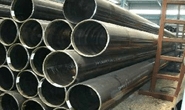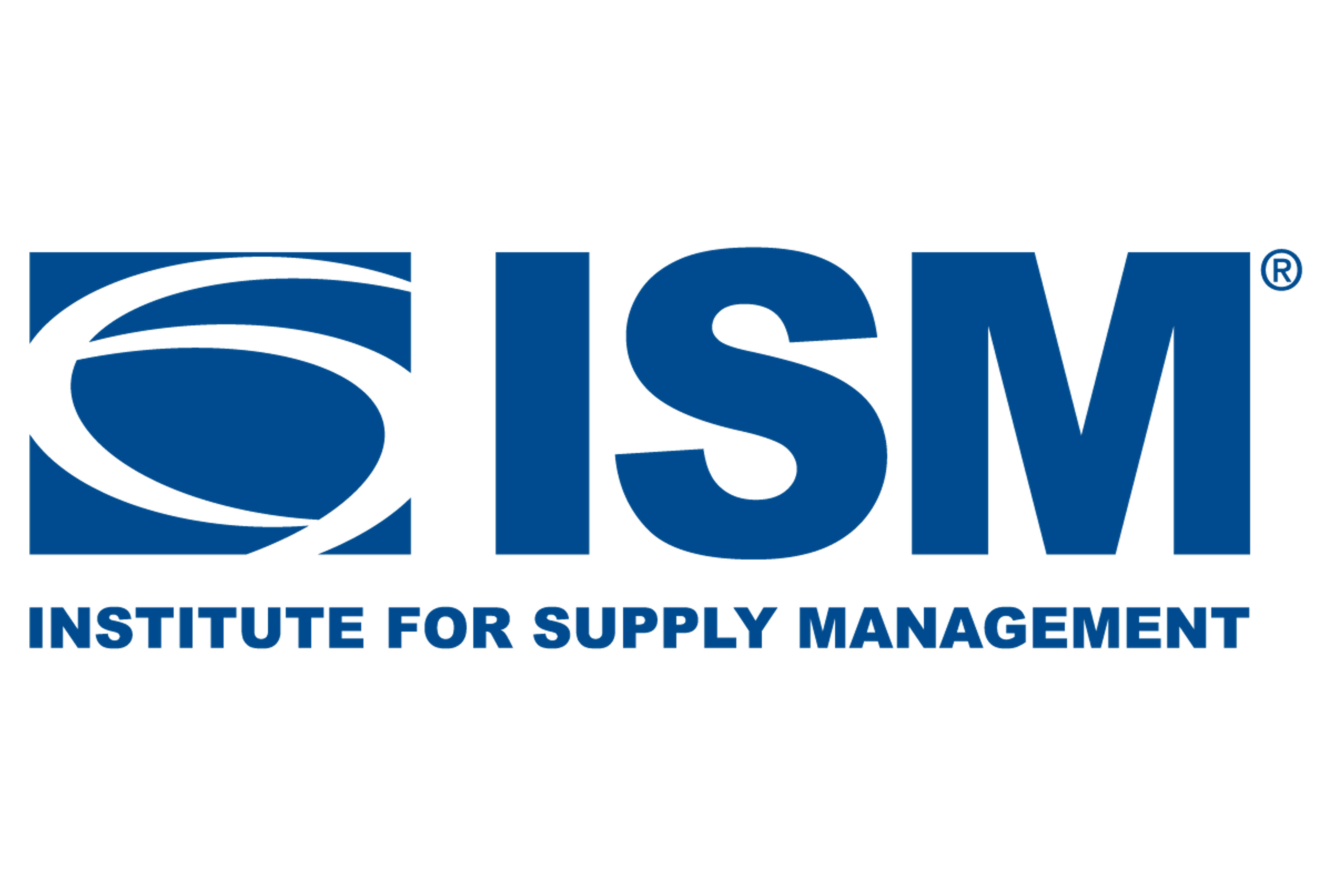Market Data

October 30, 2018
Permian's Bottleneck is Steel's Opportunity as Pipeline Projects Multiply
Written by Tim Triplett
With oil and gas prices rising, the nation’s shale plays, particularly the Permian Basin, are struggling with costly bottlenecks as drillers try to pump more crude and natural gas than the existing pipelines can handle. Energy companies are committing billions to new and expanded pipelines over the next several years, which represents a major opportunity for steel suppliers.
Total production in the Permian has been compounded by a boom in rig activity and improvements in well productivity, reports Pipe Logix, an energy market research firm in Tulsa, Okla. The Permian rig count has quadrupled in two years. The Energy Information Administration (EIA) estimates that the oil production resulting from each active rig has risen 10-fold since 2007.
Unfortunately, oil transportation capacity has not kept up with the growth in production. Oil pipeline capacity is estimated at 3.2 mmbopd, meaning it is currently at 100 percent utilization, said Kurt Minnich, president of Pipe Logix.
Many pipeline projects are in various stages of development to help alleviate the pipeline capacity constraints in the Permian. New, long-haul pipelines and expansions by Epic, XTO, Enterprise, Plains, Kinder Morgan, OneOk and Phillips 66 will offer relief in getting oil and natural gas to the Gulf Coast market near the end of 2019, according to Pipe Logix.
Some older lines are also coming back into operation, such as the Maypearl natural gas line. Yet, a few projects have been canceled, including Buckeye’s Gateway line and Magellan’s 350 kbopd pipeline. Typically, lines get cancelled as more economic lines win production commitments from producers. New, large-diameter transmission lines to deliver products to the Gulf Coast will also lead to demand for smaller-diameter lines to gather production from well sites and deliver it to the new pipeline transmission terminals, noted Minnich.
Much of the pipeline development now under way in the U.S. is related to the Permian Basin in West Texas and southeastern New Mexico, a region that has seen remarkable production growth, not only in crude oil, but in the associated gas, or mix of natural gas and natural gas liquids (NGLs), that emerge from the well with the crude, said Housley Carr, writer/analyst at RBN Energy, a Houston-based consultant.
Permian crude production now totals about 3.5 million barrels per day (3.5 MMb/d), which roughly matches the sum of in-region refinery demand for crude and the Permian’s total pipeline takeaway capacity. “In other words, crude pipelines there are maxed out,” Carr said.
RBN forecasts that Permian crude production will rise to more than 6 MMb/d by 2023, which suggests that another 3 MMb/d of additional pipeline capacity may be needed over the next five years.
Carr offered the following roundup of pipeline projects currently in the works: Plains All American is building the 700,000 barrel/day (700 Mb/d) Cactus II pipeline from the Permian to Corpus Christi, which is expected to begin service in the third quarter of 2019. Other near-term projects to Corpus include Phillips 66 Partners and Andeavor’s 700-Mb/d Gray Oak Pipeline, which will run to Corpus and then up to the Houston area and come online by the end of next year; and the 600-Mb/d EPIC Crude Pipeline to Corpus, which will start up in early 2020.
Still other crude pipeline projects in the works are the 600-Mb/d-plus Permian Gulf Coast Pipeline to Houston and Nederland, Texas, planned by a joint venture of Energy Transfer, Magellan, Delek and MPLX; and a 1-MMb/d crude pipeline, also to Houston and Nederland, planned by a joint venture of Plains, Exxon and Lotus Midstream.
“How many of these projects are ultimately built will depend on how fast Permian production grows. It’s quite possible that over time all the projects will be needed –– the Permian’s prospects for growth are that good,” Carr said.
The situation is similar for Permian natural gas, Carr continued. Production now tops 8 billion cubic feet/day (8 Bcf/d). Gas takeaway pipelines are close to full, and RBN’s forecast suggests production may double by 2023. About 14 Bcf/d of new gas pipeline capacity is under development out of the Permian. Not all of that will get built, Carr said, but at least two or three projects are likely. Kinder Morgan’s 1.98-Bcf/d Gulf Coast Express pipeline to the Corpus area is already well under way and scheduled to begin service in the second half of 2019.
Among other projects that could come online as soon as 2020 are Kinder and EagleClaw Midstream’s 2-Bcf/d Permian Highway Pipeline; Targa Resources, NextEra Energy Resources, WhiteWater Midstream and MPLX’s 2-Bcf/d Whistler Pipeline to the Corpus Christi area; Williams’s 2-Bcf/d Bluebonnet Market Express; and Sempra Energy and Boardwalk Pipeline Partners’ Permian-to-Katy project. All or most of these projects involve 42-inch-diameter pipe.
Then there are plans for new NGL pipelines from the Permian to the Gulf Coast, Carr said. These include the 440-Mb/d EPIC NGL Pipeline to Corpus Christi, which will actually be temporarily converted to crude service; Targa’s 300-Mb/d Grand Prix Pipeline to the NGL storage hub in Mont Belvieu, Texas (near Houston); and Enterprise Products Partners’ 550-Mb/d Shin Oak Pipeline, also to Mont Belvieu. Many of these projects involve 24-inch pipe.
Trump administration tariffs on steel imports have added more than 25 percent to the cost of many tubular and specialty steel products used in pipelines, refineries and natural gas liquefaction and petrochemical facilities, notes the American Petroleum Institute. The race to add much-needed pipeline capacity to the Permian and other shale plays will no doubt face a headwind from the higher cost of steel.






